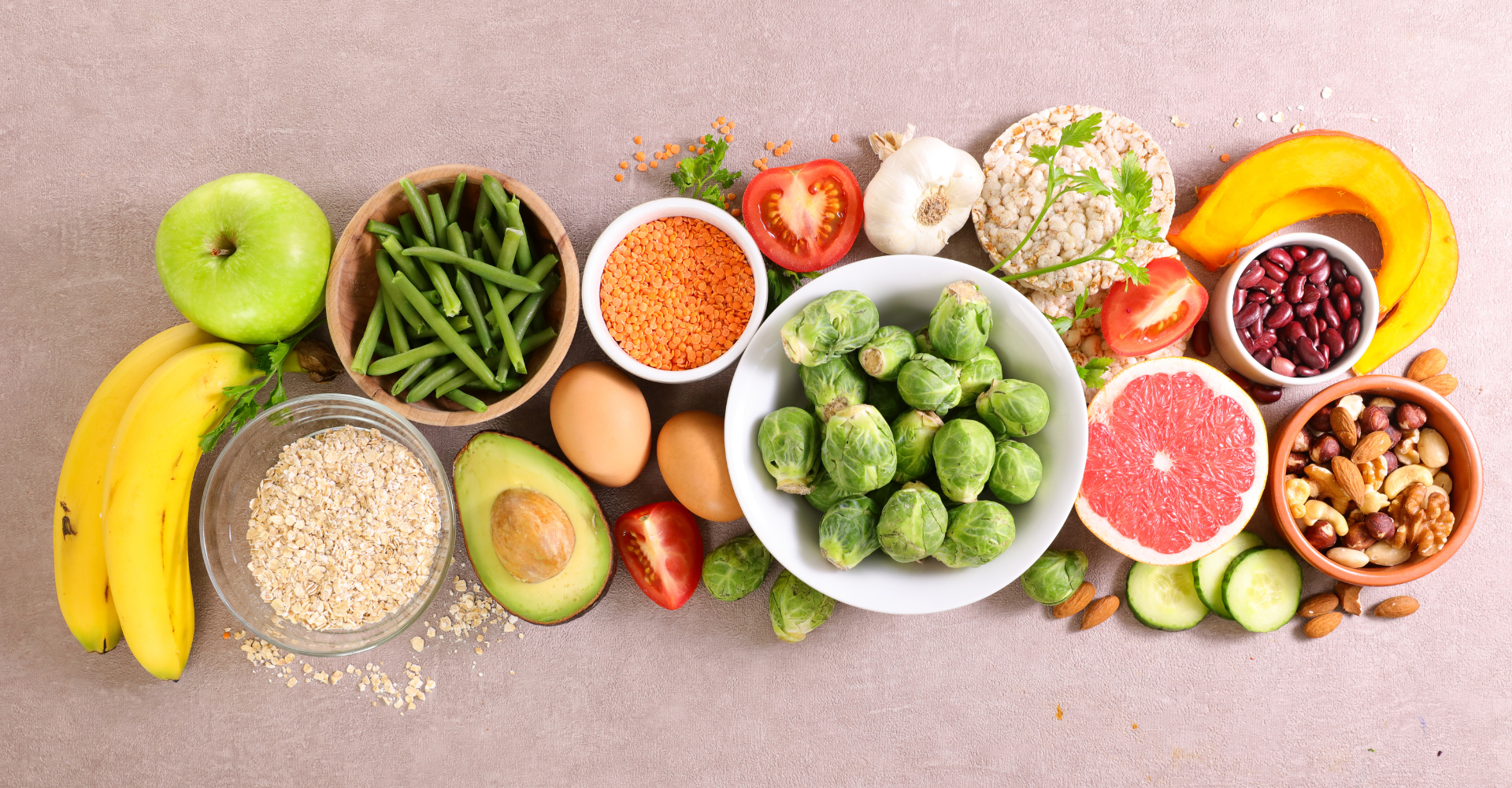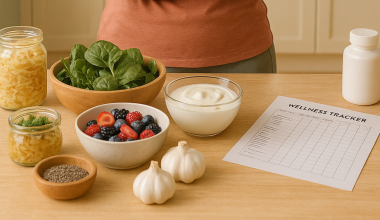With November being Diabetes awareness month, I did a deep dive into the current statistics. According to Diabetes Canada, there are more than 5.7 million Canadians (14.6%) living with diabetes (type 1 & type 2 diagnosed + type 2 undiagnosed) and another 6 million living with prediabetes—a condition that, if left unmanaged, can develop into Type 2 diabetes.
That makes the total diagnosed or at-risk 28% of our population. Given these stats, it is not only treatment, but preventing Type 2 Diabetes that we need to focus on.
Preventing Type 2 Diabetes
Healthy eating and exercise are the recommended treatment for pre-diabetes and an important part of treatment for Type 2 diabetes, as well as gastrointestinal and Type 1. They’re also crucial in the prevention of pre-diabetes and Type 2 diabetes. Read here for more on the different types.
The foods you eat, how you combine them, and eating schedule all play a big role in blood sugar level management. Here are some general tips for both a balanced diabetes-friendly diet, and to support prevention of diabetes:

1. Be Carbohydrate Smart: carbohydrates are the macronutrient that will have the biggest impact on your blood sugar levels. Complex carbohydrates with a low glycemic index (GI) will help control blood sugar.
When choosing carbohydrates, focus on high-fibre ones like grains, legumes, leafy greens, cruciferous veggies, purple or sweet potatoes, and high fibre fruits (berries are a top pick).
Avoid: Refined, low fibre carbohydrates and sugary foods, as they can cause rapid spikes in blood sugar.
2. Proteins: help stabilize blood sugar levels and keep you feeling full. Include lean protein sources such as poultry, fish, tofu, tempeh, and legumes.
3. Healthy Fats: choose heart-healthy fats, such as avocados, nuts, and olive oil. Seeds like flax, chia and hemp are excellent high fibre sources of fat. Limit saturated and trans fats found in fried and processed foods (typically low fibre).
4. Portion Control: watching portion sizes will help manage calorie intake and blood sugar levels. With the help of your healthcare practitioner or nutritionist/dietician, determine the overall daily caloric and macronutrient (carbs, protein, health fat) needs that are right for you, then split it up over 4 to 5 meals & snacks.
Whenever possible, include fibre-rich carbs, proteins and health fats at each meal and snack.
5. Hydration: drink plenty of water throughout the day. Limit sugary drinks, juices and alcohol.
Go-To Food Swaps
Try these food swaps for healthy blood sugar levels.
| Instead of This: | Try This: |
| Pasta noodles | >>Zucchini noodles, spaghetti squash, edamame noodles |
| Corn | >>Edamame, chickpeas |
| Rice | >>Cauliflower rice |
| Fruit flavoured yogurt | >>Greek Yogurt (plain) + blueberries |
| Cereal | >>Slow cooked oats with flax or chia pudding |
| Croutons | >>Walnut or pecan halves |
| White or brown bread | >>Grain-packed bread made with unrefined flour (eg. Ezekiel) |
| White potatoes | >>Japanese purple sweet potatoes (prep boiled for lower Glycemic Index) |
| Tortilla wraps | >>Romaine lettuce wraps |
| Wheat pizza crust | >>Cauliflower crust |
Not only could the above ingredient swaps help control blood sugar levels, they generally pack a ton more nutritional benefits.
Below are some of my favourite recipes that use some of the swaps above:
Pizza with Cauliflower Crust: Vegan Recipe & Recipe with Dairy
Zucchini Noodle Pasta: Garlic Zucchini Noodle Pasta (I add wild salmon or tofu for a protein boost)
Lettuce Wraps: Firecracker Vegan Lettuce Wraps (swap tofu with cooked prawns or chicken for non-veg version)
Cauliflower Rice: how-to-make (then sub in stir-frys, veggie bowls, side dishes – season as you would for regular rice).
If you’ve been diagnosed with diabetes or have prediabetes, it’s important to work closely with your healthcare provider(s) to develop a personalized plan that includes diet, exercise, and, if necessary, medications.
Deanna Embury, Founder of Blended For You, is a regular contributor to The Health Insider. She is passionate about nutrition, wellness and helping people reach their personal health goals. Blended For You provides ready-to-blend (or eat) gluten-free, plant-based, all-natural and complete nutrition smoothies, soups & chia bowls.
Get 25% off your first order with code HEALTHINSIDER25 or click this link, shop & the discount auto-applies.
The views and opinions expressed in the submitted article are solely those of the author(s) and do not necessarily reflect those of the The Health Insider. The publisher disclaims any responsibility or liability for such views, including any errors or omissions in the content provided. The information provided on TheHealthInsider.ca is for educational purposes only and does not substitute for professional medical advice. TheHealthInsider.ca advises consulting a medical professional or healthcare provider when seeking medical advice, diagnoses, or treatment.










